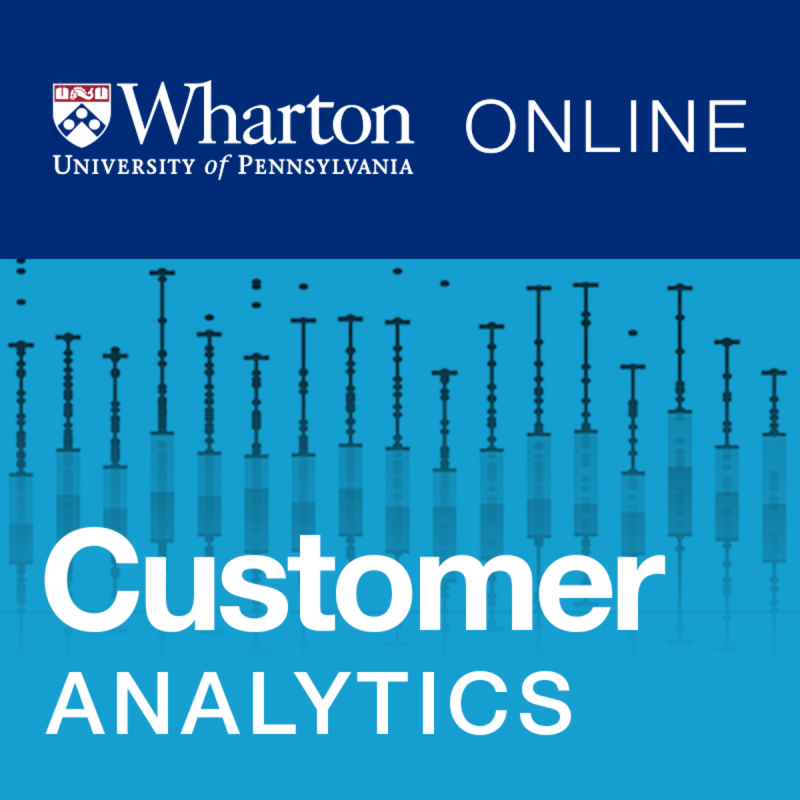
I was spending a whole week to complete the Customer Analytics course. It is a part of the Marketing Analytics online serial courses at the Wharton University of Pennsylvania on Coursera. This course helps me not just review the knowledge of business analytics, specifically descriptive model, predictive model (regression model and probability model), and prescriptive model, but also learn new things.
“Customer Analytics is about utilizing data to understand customer behavior to make marketing strategy decisions, mainly in direct marketing, site selection, and customer relationship management via market segmentation and predictive analytics” (Wikipedia).
I have reviewed the all-time knowledge for marketing practitioners from the survey design to media planning for actively or passively collecting data. Regarding the survey design, I learned new termination “Net Promoter Score”. Perhaps, I knew it before and often used it in different customer surveys. I didn’t quite understand the exact term of it and all the reasoning behind it! But, I know it now. It is a crucial point, isn’t it? 😛
The importance of recency, frequency, and money value in the decision-making process
Besides the classic, I also learned the importance of recency, frequency, and money value in making a decision. I think we often fall into the decision-making fallacy called recency bias, which makes us make decisions using the most recent observations. It is likely that we have to take into account the frequency factor. Most often, we have to consider the trade-off between these two factors to decide which customer has more value to pursue besides the money-value factor.
Customer analytics is customer-centricity
Customer analytics emphasizes on customer-centricity. In another word, it is the customer lifetime value. I have mentioned this definition sometimes ago when discussing the game analytics. In a business or marketing strategy, we know that keeping an old customer is cheaper than acquiring a new one. Therefore, we should be able to predict customer lifetime to extend their value as long as possible.
It is one of the biggest challenges that games producers are facing. In personal though, Clash of Clans of Supercell has been doing an outstanding job in lengthening their gamers’ lifetime successfully. Clash of Clans has been appealing to a non-gamer like me(!) for more than four years already. I am still quite addicted to this mobile game. I will probably discuss more this game in another post 😉
Good reading resources about customer analytics
Last but not least, the course has offered me quite good extra reading resources. Few of them are:
1. Customer Centricity, focus on the Right Customers for Strategic Advantage of Peter Fader, published by Wharton Executive Essentials.
2. Probability Models for Customer-Base Analysis, written by Peter Fader & Bruce G.S. Hardie on the Journal of Interactive Marketing.
They are my weekend readings 🙂
Updates:
There are few notes for the personal learning process:
Before deciding a specific probability model to use, we need to classify the kinds of firm-customer relationships, for example, contractual relationship vs. non-contractual relationship customers must be treated differently when calculating the CLV, e.g., phone operation subscription v.s. online purchase on Amazon (not Prime customers)
–> Cruciality of customer segmentation
